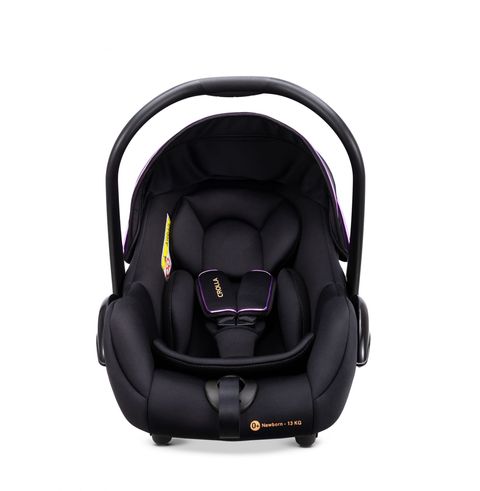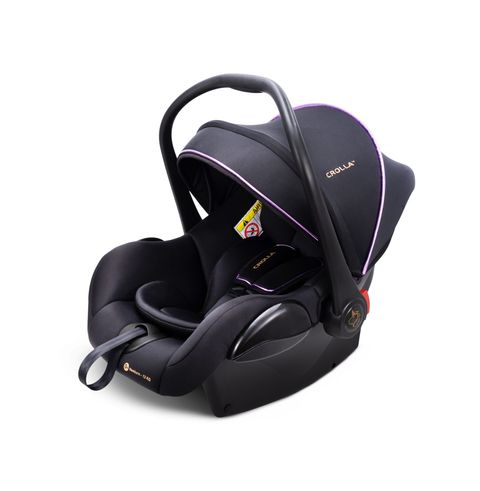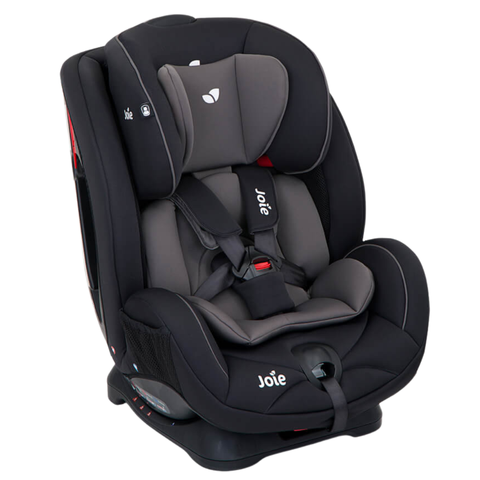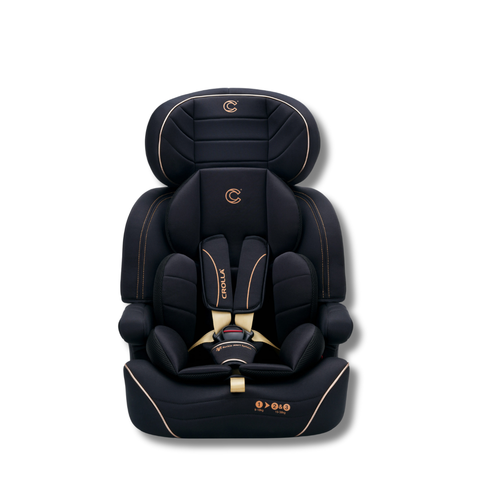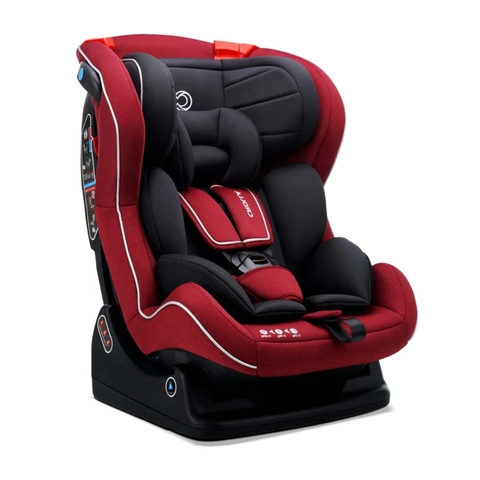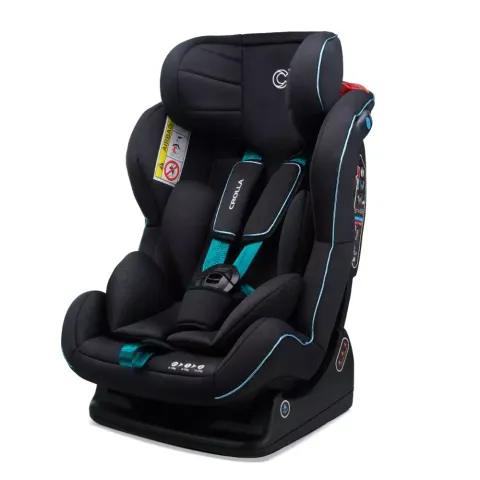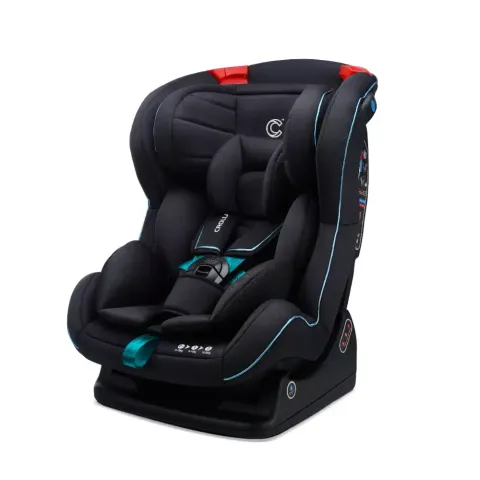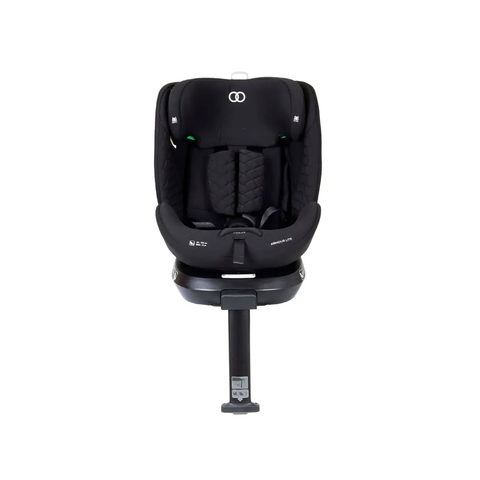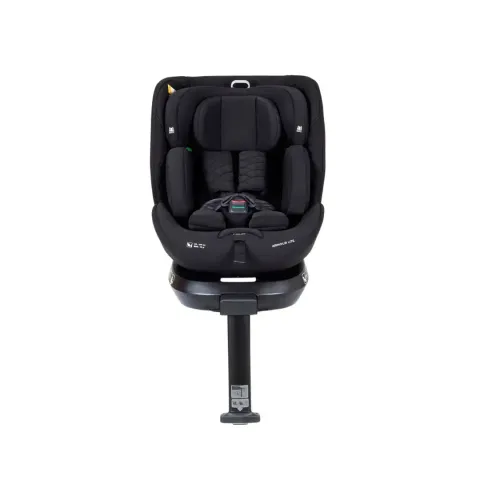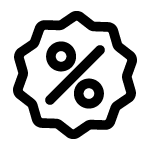
One of the most important purchases new parents need to make is a baby car seat. Ensuring your baby's safety while traveling is paramount, and finding the right car seat that fits your car properly can be a daunting task. The common question been on parents mind is : Will a baby car seat fit in my car? This comprehensive guide will help you understand the factors to consider when determining if a baby car seat will fit in your car and provide tips for making the best choice.
Understanding Car Seat Types
There are several types of car seats available, each designed for different stages of your child's growth:
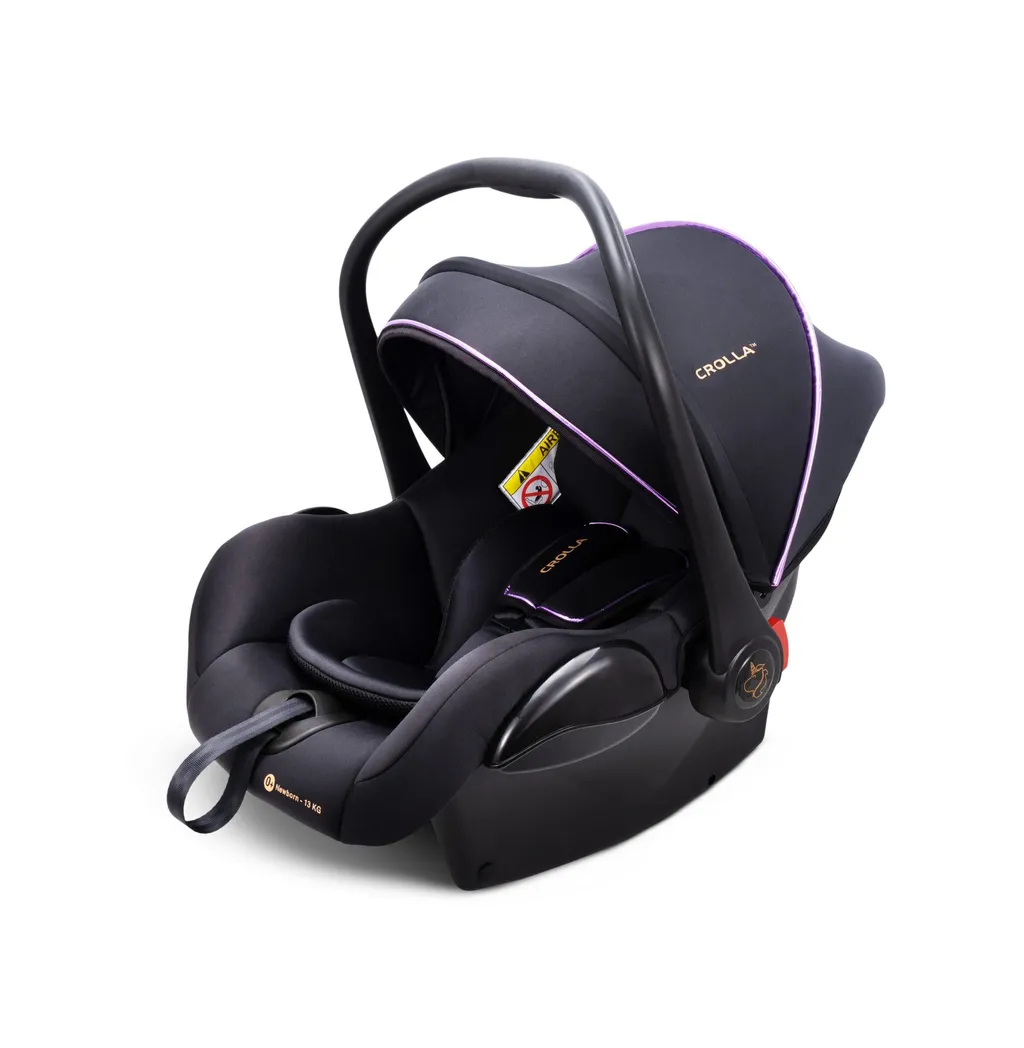
Click here to preview product : Crolla Air | Unicorn
- Infant Car Seats: Designed for newborns and smaller babies, these rear-facing seats offer maximum protection for infants. They typically come with a detachable base that stays in the car.

Click here for product review: JOIE Stages Car Seat Review by TOYSPARK Malaysia
Click here to preview product : JOIE Stages Convertible Car Seat
- Convertible Car Seats: These seats can be used both rear-facing for infants and forward-facing for toddlers. They are bulkier than infant car seats but offer extended use.

Click here for product review: Crolla Max Baby Car Seat Review by TOYSPARK Malaysia
Click here to preview product : Crolla Max Baby Car Seat
- Booster Seats: For older children who have outgrown their forward-facing car seats, booster seats ensure that the car’s seatbelt fits properly.
Measuring Your Car
Before purchasing a car seat, you need to measure your car to ensure compatibility. Here are the key measurements to take:
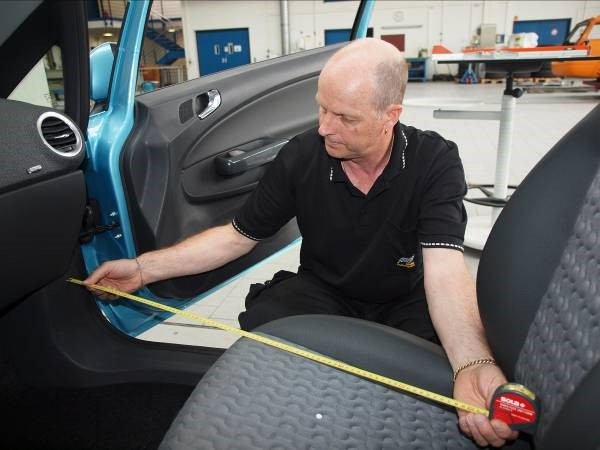
- Seat Width: Measure the width of the back seat where the car seat will be installed. Some cars have narrow back seats, which might not accommodate wider car seats.
- Seat Depth: Measure the depth of the seat from the backrest to the edge of the seat. Ensure there is enough space for the car seat base without protruding too far forward.
- Seat Angle: Some car seats require a certain angle for proper installation, especially for rear-facing seats. Check the angle of your car’s back seat to ensure it matches the requirements.
- Seatbelt Length: Ensure the seatbelts in your car are long enough to secure the car seat. Some seats require longer seatbelts, particularly when using the seatbelt installation method.
Checking Compatibility
Once you have your car’s measurements, you can start checking the compatibility of different car seats. Here are some tips for ensuring a good fit:

- Manufacturer’s Fit Guide: Many car seat manufacturers provide fit guides that list compatible car models. Check these guides to see if your car is listed.

- Try Before You Buy: If possible, take your car to a store that sells car seats and test the fit. Many stores have display models that you can try in your car.

- Consider Base Dimensions: For infant car seats with a detachable base, ensure that the base fits well in your car. Some bases are bulkier than others and might not fit in smaller cars.

- Check for Level Indicators: Many car seats come with built-in level indicators to ensure proper installation angle. Make sure your car can accommodate the seat at the correct angle.
Installation Methods
There are two primary methods for installing car seats: using the car’s seatbelt or using the ISOFIX system (International Standards Organisation FIX). Here’s what you need to know about each:

Click here to preview product : Crolla Alpha | Tiffany Blue
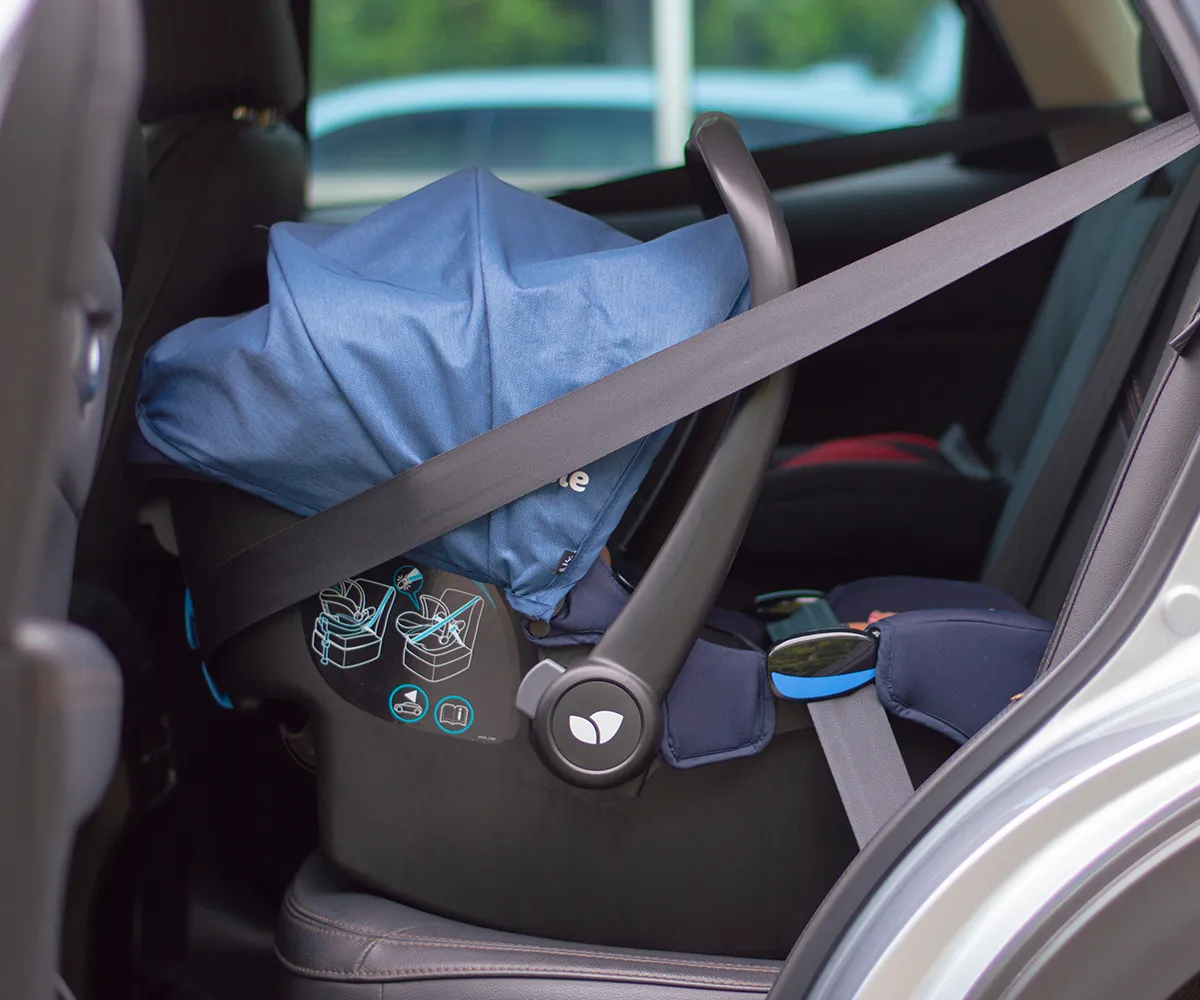
Click here for further demonstration: Seatbelt Installation
- Seatbelt Installation: This method uses the car’s seatbelt to secure the car seat. Ensure the seatbelt is long enough and that it can be locked tightly to prevent movement.

Click here to preview product : Koopers Armour Lite 360
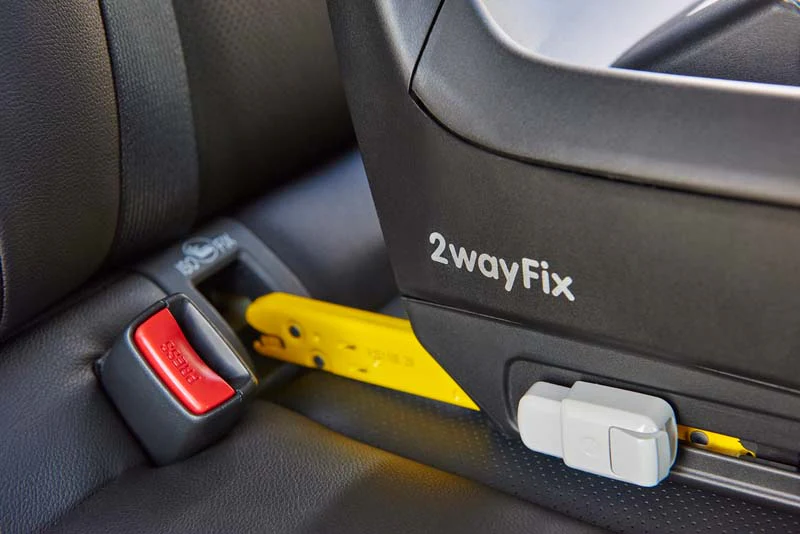
Click here for further demonstration: ISOFIX Installation
- ISOFIX Installation: This method uses built-in anchors in the car’s back seat to secure the car seat. Most cars manufactured after 2002 have the ISOFIX system. Check your car’s manual to locate the anchors and ensure they are compatible with the car seat.
Common Challenges and Solutions

- Limited Space: If you have a small car, fitting a car seat can be challenging. Look for compact car seats designed for small spaces. Some brands offer narrower models that fit better in tight spaces.
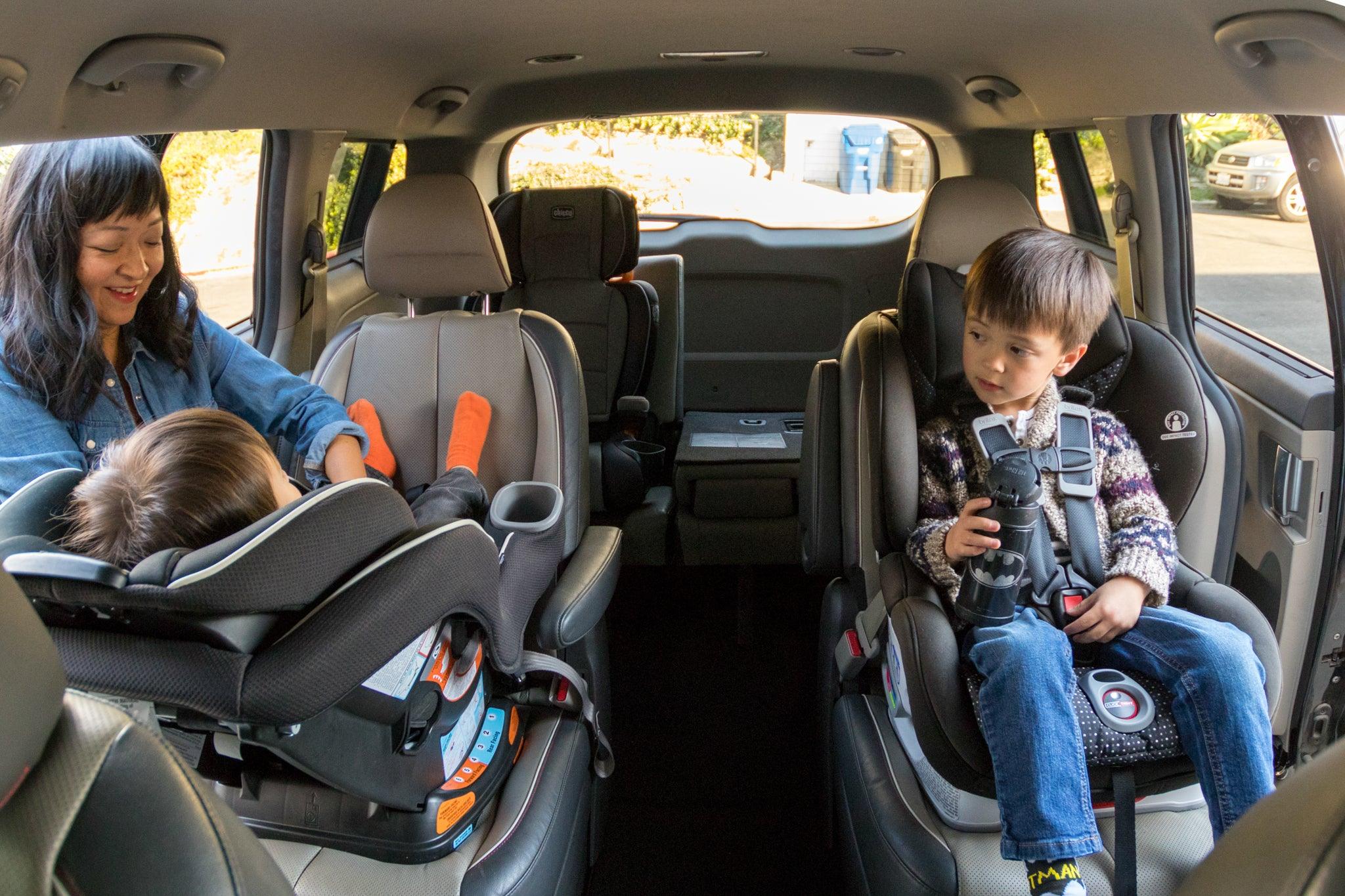
- Multiple Car Seats: If you have more than one child, fitting multiple car seats can be tricky. Measure the combined width of the car seats and ensure they fit side by side in the back seat. Some cars might require the use of both ISOFIX and seatbelt installation methods to accommodate multiple seats.

- Reclining Seats: Some rear-facing car seats require a specific recline angle. If your car’s back seat is too steep, you might need a pool noodle or rolled towel to achieve the correct angle.
Final Tips for a Safe Fit

- Read the Manuals: Always read both the car seat and car manuals for specific installation instructions and safety guidelines.

- Professional Installation: If you’re unsure about the installation, seek help from a certified car seat technician. Many communities offer free car seat inspection events where professionals can assist you.

- Regular Checks: Even after installing the car seat, regularly check to ensure it remains securely in place. Car seats can shift over time, so periodic adjustments may be necessary.

- Consider Future Needs: Think about your child’s growth and future needs when selecting a car seat. Convertible car seats offer longer use as they adapt from rear-facing to forward-facing.

Ensuring a baby car seat fits properly in your car is crucial for your child’s safety. By understanding your car’s dimensions, checking compatibility, and choosing the right installation method, you can make an informed decision. Take your time, do your research, and don’t hesitate to seek professional help to ensure the best fit for your precious car seat. Hope this guide could answer to your "Will a baby car seat fir in my car?".

